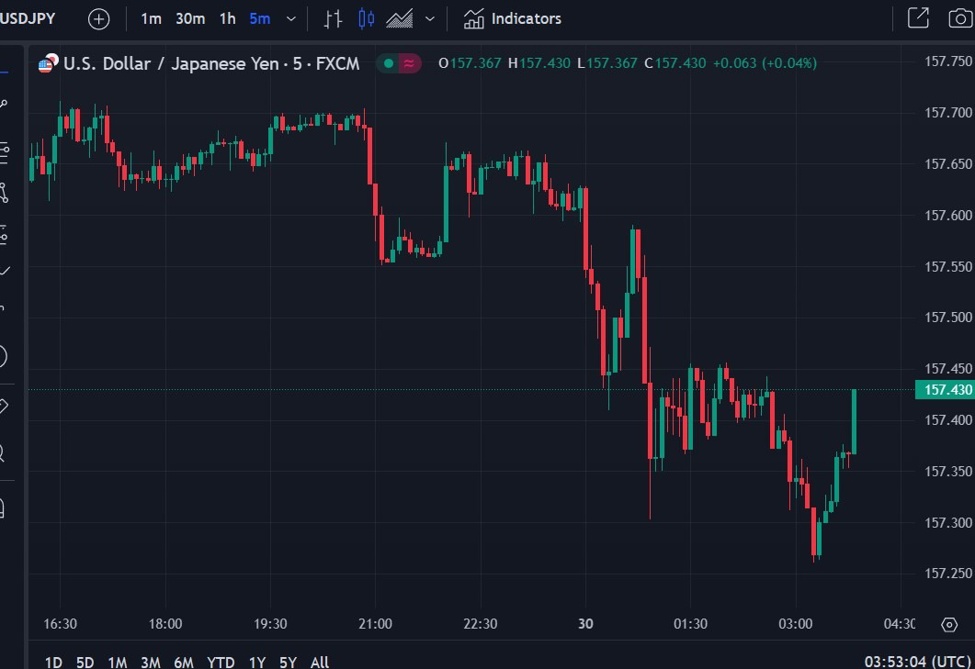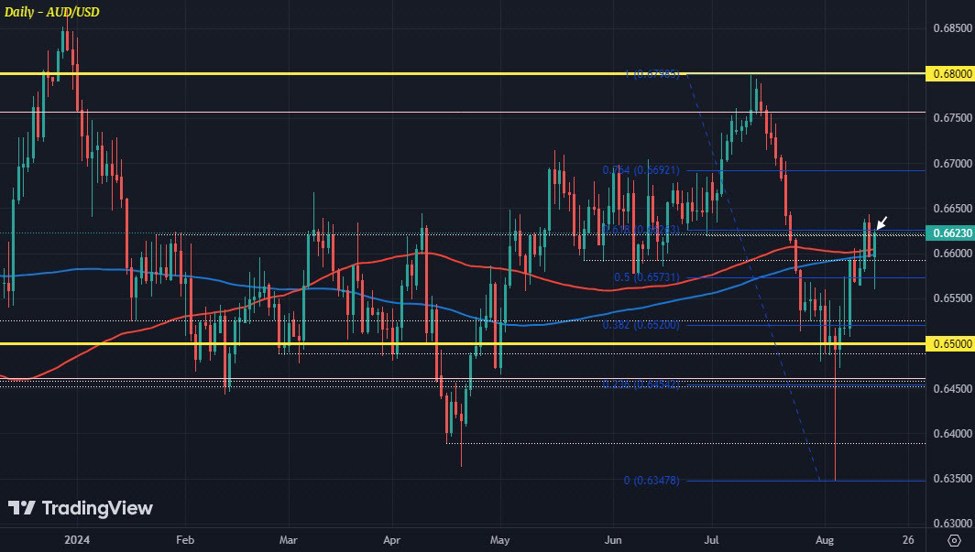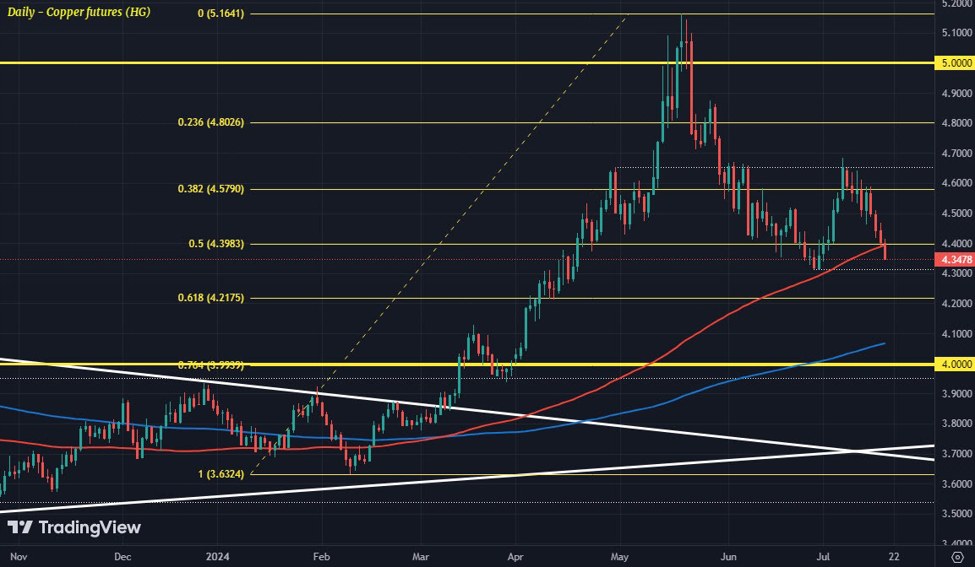- Federal Reserve speakers Thursday include Williams and Logan
- Bank of England Governor Bailey is speaking on Thursday
- Chinese companies buy back shares, lift dividends – driving rally
- PBOC says will ensure stable growth, risk prevention
- New Zealand budget – Treasury forecasts inflation below 3% in Q3 2024
- More Swiss National Bank Jordan – weak franc the most likely source of higher inflation
- Australian Q1 Capex +1.0% q/q (expected +0.5%)
- PBOC sets USD/ CNY mid-point today at 7.1111 (vs. estimate at 7.2663)
- 1.08 is a big level for EUR/USD, 2.8bn in strikes for May 30
- China’s suspension of 5 Australian meat processing plants has been lifted
- SNB’s Jordan says small risk for higher inflation
- Fed’s Bostic: price gain breadth significant, less breadth would add to confidence for cut
- Goldman Sachs on the New Zealand budget due today – could impact AUD/NZD dynamics
- RBA head economist Hunter says agrees with the Australian Treasury’s inflation forecast
- New Zealand Building Permits April: -1.9% m/m (prior -0.2%)
- How researchers cracked an 11-year-old password to a $2 million+ crypto wallet
- OPEC+ meeting this coming weekend – Barclays on rollbacks
- ICYMI – ECB’s Kazaks warns Bank shouldn’t switch to “autopilot” in cutting interest rates
- Goldman Sachs data shows that hedge fund exposure to “Magnificent 7” rises to record high
- Private survey of oil inventories shows huge headline draw
- Forexlive Americas FX news wrap 29 May: The USD moves higher with higher yields.
- The “Federal Reserve Rate Cut Reflexivity Paradox” (or “Why the Fed aint gonna cut in 24”)
- US stocks close lower with the Dow Industrial Average falling another -411 points
- Trade ideas thread – Thursday, 30 May, insightful charts, technical analysis, ideas
USD/JPY
traded quietly lower during the session here, dropping from late US
highs around 157.70 to lows just under 157.30. There was no verbal
intervention, though there was a degree of nervousness above 157.50,
where there was intervention to buy yen at the beginning of this
month.
News
and data flow was not steady here, but we did have some info to
digest.
Late
in the US afternoon brought the private survey of oil inventories,
showing a huge draw (6.49mn barrels) well above the expected 2mn
draw. This sets up an interesting inventory report from the U.S.
Energy Information Administration (EIA) on Thursday morning US time.
Next
up of note were comments from the Reserve Bank of Australia’s chief
economist, Assistant Governor (Economic), Hunter. Hunter said, in
brief, that “there
is still some strength in inflation”, but
with growth of wages
near
its
peak, inflation
should come down in time, There was nothing in her remarks to suggest
any change to the expectation that the next move from the RBA will be
a rate cut, eventually.
Federal
Reserve Bank of Atlanta President Raphael Bostic spoke.
He said
he’s hopeful that the “explosive” price pressures seen during
the pandemic will normalize over the next year. Bostic
highlighted a particular metric he is watching closely, the
breadth of inflation, price
rises up
3% or 5% or more. He
said a reduction in breadth, a return to pre-Covid
levels, would help give him confidence to start cutting rates. On
the labour market he said its still tight, but not as tight as it
was, comparing it to the
level it was at in February 2020.
While
on central bankers, Swiss National Bank Chair Thoms Jordan spoke at
an event in Seoul, South Korea. Notably, Jordan said a weaker Swiss
franc is currently the most likely source of higher Swiss inflation,
and added that the Bank could counteract this by “selling foreign
exchange”. While we didn’t hear anything on intervention out of
Japan Jordan took up the slack here!
From
Australia we had Q1 business capital expenditure data. Australian
business investment rose to a near 9-year high in the quarter, and
plans for future investment (estimates) were also boosted. Capex on
plant and machinery jumped 3.3% q/q, while that for buildings and
structures dropped by 0.9%. We had the latest building approvals
data, for April, down slightly at -0.3% m/m, bumping along at low
levels.
Apart
from the yen, major FX didn’t do much, small ranges prevailing.
This article was written by Eamonn Sheridan at www.forexlive.com.
Source link




